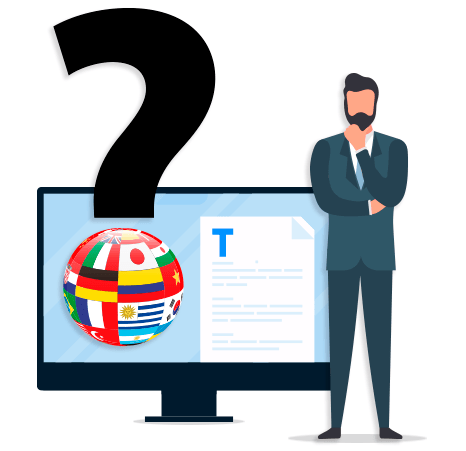
Why translate a website?
Planning to have your site translated to advertise internationally and secure leads from around the world? Not yet planned the strategy and logistics for selling overseas? You’re moving too fast!
First of all, you need to put in place an SEO and translation strategy, but also the logistics that will allow you to deliver your products and services abroad. Otherwise, you risk creating dissatisfaction among your customers and they risk giving you bad publicity. Statistically, a dissatisfied customer talks 5 times more about a site that has disappointed them than a satisfied customer.
What is the potential of my website internationally?
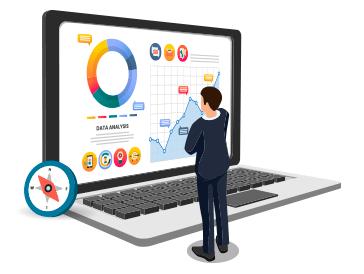 Before starting your international translation and SEO optimisation campaign, it is important to gather information about your site.
Before starting your international translation and SEO optimisation campaign, it is important to gather information about your site.
To obtain this information, you can use analytical tools, such as Google Analytics. Analyse your website traffic. Where are the visitors from? What country? Through which search engine do Internet users find your site? What are your most visited pages? What is your bounce rate?
This information will allow you to better understand your website, as well as its strengths and weaknesses. You will then be able to see more clearly before developing your international SEO strategy.
What will be the target markets?
This question is essential!
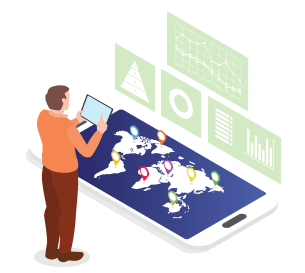 Before starting a multilingual SEO campaign, you need to know which market to target.
Before starting a multilingual SEO campaign, you need to know which market to target.
The target market will determine your entire SEO strategy. In Russia, for example, the SEO criteria will be different, since it is Yandex and not Google that dominates the market. The same is true for China. Your SEO will therefore vary depending on the target market.
Google Analytics will give you an idea of which markets to target.
Website translation: which country?
When you have a site translated into English, Spanish, or Portuguese, you will target all prospects whose native languages are these languages.
However, selling a product in Spain and selling a product in Mexico City are not the same thing at all! The translation of your site should be tailored to each audience.
In the same way, don’t assume that what works in France will work abroad. The cultural and linguistic differences between each country can lead to misunderstandings.
If you want to portray a good image of your site abroad, its content must be original, relevant and respect the subtleties of the language of your customers.
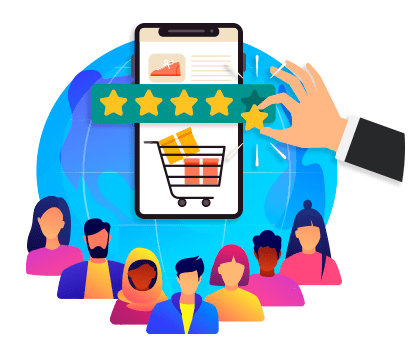 Local criteria apply to each country:
Local criteria apply to each country:
- Cultural conventions;
- Specific vocabulary;
- Time zones;
- Currency;
- Colours (the perception of colours varies from country to country);
- Size and weight measurements;
- Character encoding;
- Number formatting;
- Payment and delivery systems.
Compliance with these criteria is essential to obtain a quality translation. The latter will not only allow you to inspire your prospective customers, but it will also give them confidence in your business.
Good to know:
It is essential to avoid creating confusion by using free or low-cost translation services. Machine translators, like Google Translate, are useful in everyday life, but they are not suitable for the professional world. If you use these tools, you risk scaring off most of your visitors. Moreover, machine translations are perceived as duplicate content by Google, which will negatively impact your SEO.
What content should I translate?
 To define what content should be translated, you need to define your activity. Are you going to sell all of your products internationally or just part of your offering? Will the content be the same? Do you need to adapt your content for each country?
To define what content should be translated, you need to define your activity. Are you going to sell all of your products internationally or just part of your offering? Will the content be the same? Do you need to adapt your content for each country?
Defining your needs will allow you to reduce translation costs, in particular because you will only be translating necessary content.
What will be the SEO strategy?
This is a fundamental question. Is it necessary to adapt the website to the behavioural habits of the target market? Can a simple translation be enough?
As the name suggests, website translation is “simply” translating the content on the site.
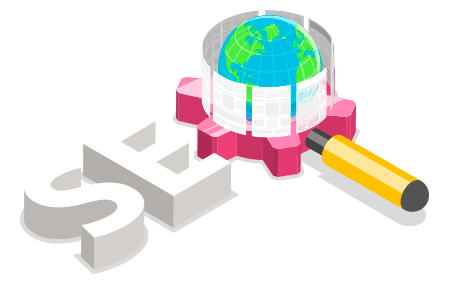 The location of a site, for its part, induces an adaptation to a given culture. The content will not only be translated, but it will also be adapted to the target populations.
The location of a site, for its part, induces an adaptation to a given culture. The content will not only be translated, but it will also be adapted to the target populations.
Website localisation is essential if the target culture is different. The legal notices must be adapted to the target country. The same goes for images, meta descriptions, alt tags, dates, etc.
Identifying relevant keywords for each language is not part of a pure translation.
To maximize your site’s SEO performance, you should consult a native SEO expert, a native copywriter, or a translation agency. Thus, you can create a tailor-made SEO strategy for each targeted country.
Indeed, literally translating your current keywords will not necessarily give you the right keywords in the translated languages.
What resources do you have?
Does your company have a translator or copywriter capable of translating and integrating content? An SEO expert to optimise translation?
By answering these questions, you will get a better overview of your project, but also of the amount you will need to invest.
Defining the budget for translating a website pushes you to define your future actions internationally.
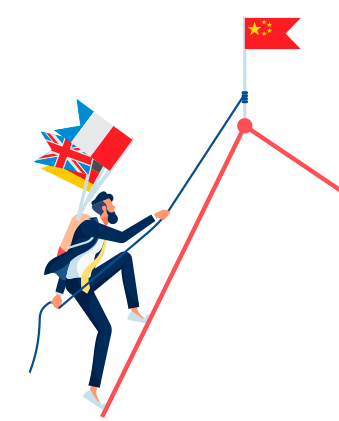 In conclusion, before having your website translated, you need to think about your business model. Translation is only one part of your international development project. Many people view translation as an essential cost. In fact, translation is an integral part of your project’s success. A quality translation will allow you to conquer new markets.
In conclusion, before having your website translated, you need to think about your business model. Translation is only one part of your international development project. Many people view translation as an essential cost. In fact, translation is an integral part of your project’s success. A quality translation will allow you to conquer new markets.






